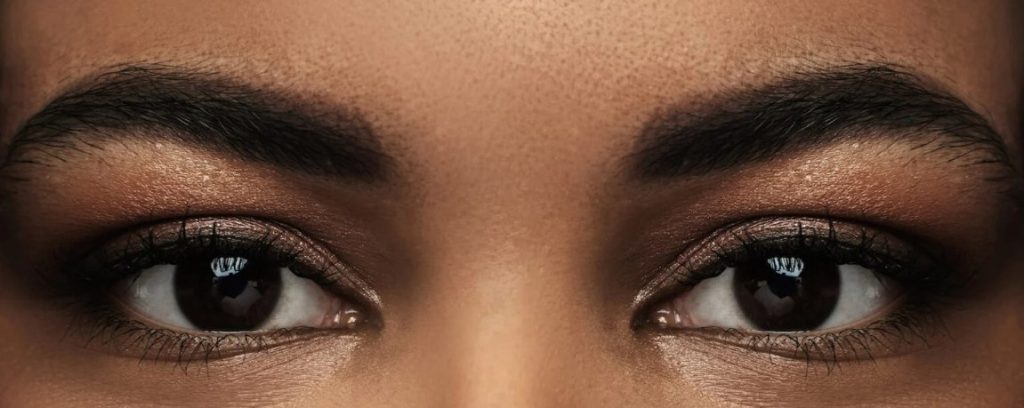
“All of our senses give us vital information about our surroundings, but the one we rely on most is vision.” [1]
“Vision is the process of deriving meaning from what is seen. It is a complex, learned and developed set of functions that involve a multitude of skills. About 80% of what we learn from the world around us is due to perception, learning, cognition and activities are mediated through vision.” [2]
“Accordingly, the physical apparatus for gathering visual information—the eye—and the brain circuits that process this information are more complex than corresponding systems for the other senses. The brain devotes more space to vision than to all other senses combined.” [1]
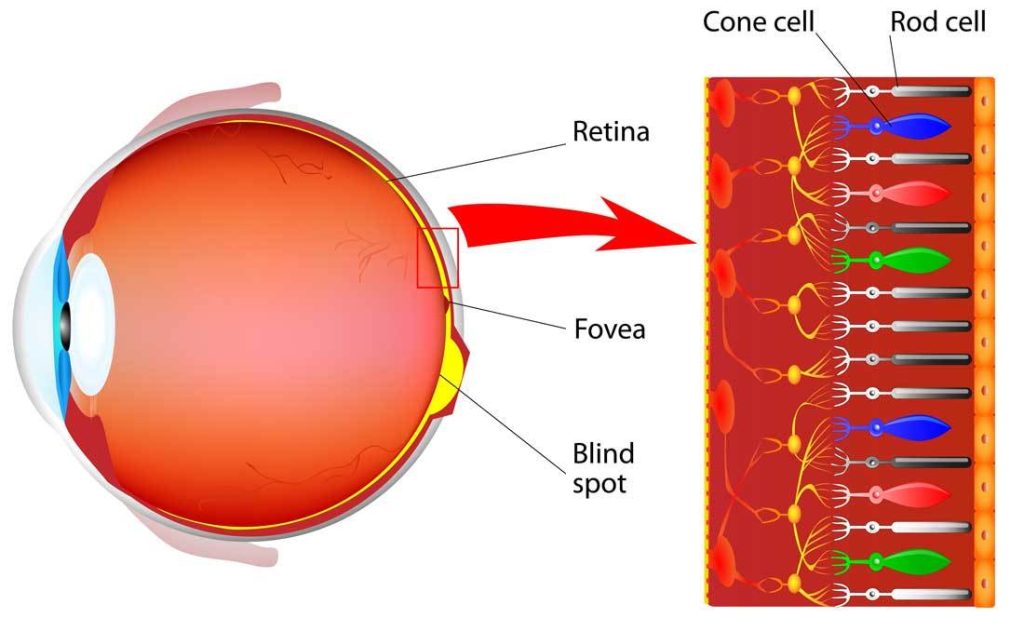
How vision works?
“The human brain is responsible for every thought we have and sense we perceive — including vision. But without the eyes, the brain would have nothing to interpret.
Eyesight starts when light meets the eyes. After that, all kinds of things are set into motion.” [3]
“All the different parts of your eyes work together to help you see.
First, light passes through the cornea (the clear front layer of the eye). The cornea is shaped like a dome and bends light to help the eye focus.
Some of this light enters the eye through an opening called the pupil (PYOO-pul). The iris (the colored part of the eye) controls how much light the pupil lets in.
Next, light passes through the lens (a clear inner part of the eye). The lens works together with the cornea to focus light correctly on the retina.
When light hits the retina (a light-sensitive layer of tissue at the back of the eye), special cells called photoreceptors turn the light into electrical signals.
These electrical signals travel from the retina through the optic nerve to the brain. Then the brain turns the signals into the images you see.
Your eyes also need tears to work correctly.” [4]

The Importance of Sight and Vision
“Sight and vision are important because they allow us to connect with our surroundings, keep us safe, and help maintain the sharpness of our minds.
Sight and vision are different entities. Sight is physical – it is a sensory experience in which light reflects off of shapes and objects and the eyes then focus this light. Signals are sent to the brain to be converted into images. Vision is how the mind, an aspect of the brain, interprets these images. Vision is a metaphysical concept. Sight may allow a person to witness an event, but vision helps the person understand the significance of that event and draw interpretations. The two are harmonious, and are very important in our everyday lives.
Sight and vision help to connect people with their surroundings. Our world is filled with an extreme variety of colors, shapes, and patterns. Sight gives us the ability to perceive movement, and vision gives us the ability to make assessments about that movement.” [5]
“Sight and vision are important because they bring beauty and understanding of the world to us.
They also keep us safe. The two concepts work together to provide awareness of the dangers around us.
Sight and vision keep our minds sharp and alert. It is important to maintain your eyesight, so that you may continue to connect with the world and make quick assessments of whatever situation comes your way. Frequent stimulation of the mind and philosophical interpretation of one’s sense of vision helps with overall health and intelligence.” [5]
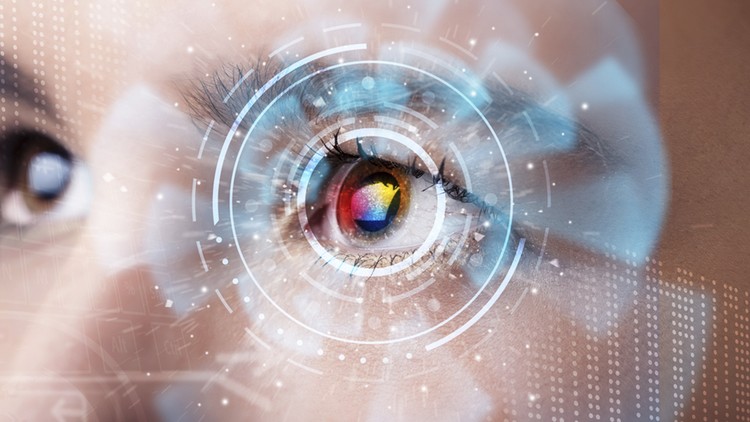
How color therapy can help adults with IDD?
“Also known as chromotherapy, color therapy helps people with disabilities relieve mental health distress through colors. The principle of this therapy is that colors can trigger positive emotional responses in people. In turn, this helps people with disabilities cope and channel their energy into doing daily activities.
Color therapy coincides with art therapy. Both can involve coloring activities such as color yoga, coloring book activities, art workshops, and even acupuncture that uses colored light frequencies.
The power of color lies in its ability to evoke positive responses. For example, yellow and orange are known to have an energizing effect on anyone who sees them.
Color therapy can also be in the form of activities. Using coloring books and apps, can help people with intellectual and developmental disabilities regain their focus slowly.”[8]
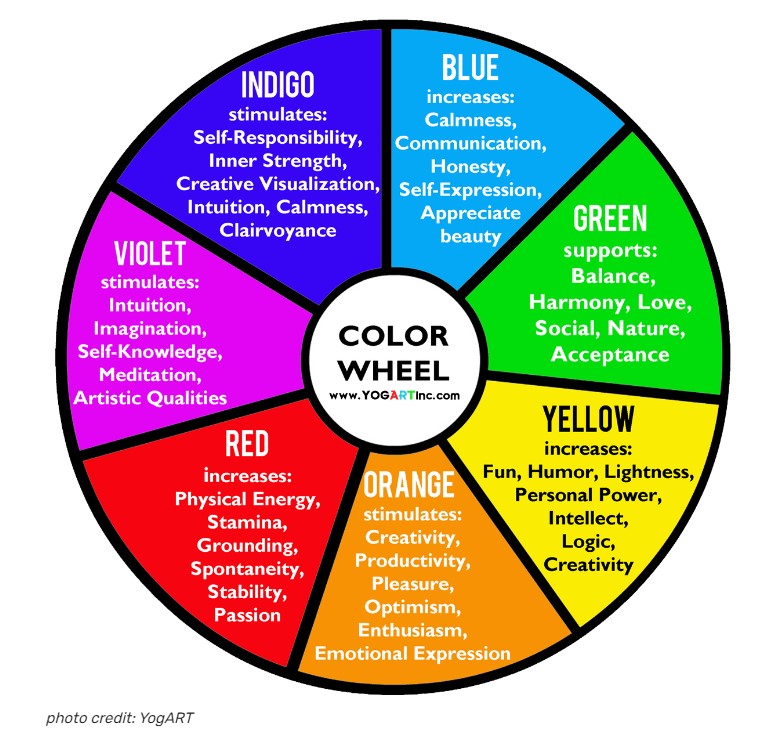
Conclusion
“Humans are built to collect information with their eyes and even reduced vision quality creates a negative effect. A regular vision test is a small investment for something that has such a huge impact on our lives.
Our eyes aren’t just performing a task, they are the portal through which our brain can tell us about our world, learn new things, and make wonderful memories. All of which are reasons why vision is such an important thing to take care of.” [6]
“Good vision contributes to improved athletic ability, better driving skills, improved learning and comprehension and better quality of life.
Your future can be colorful and full of life just by making sure you see your optometrist as recommended.” [7]
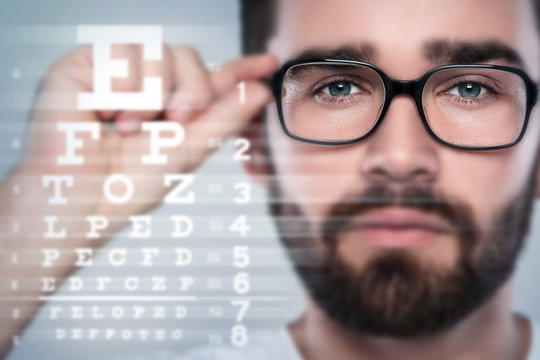
Resources
[1] https://dana.org/article/the-senses-vision/
[6] https://medium.com/@SmartVisionLabs/why-vision-is-the-most-important-sense-organ-60a2cec1c164
[7] https://www.medicaleyecenter.com/2016/06/20/importance-eye-care/
